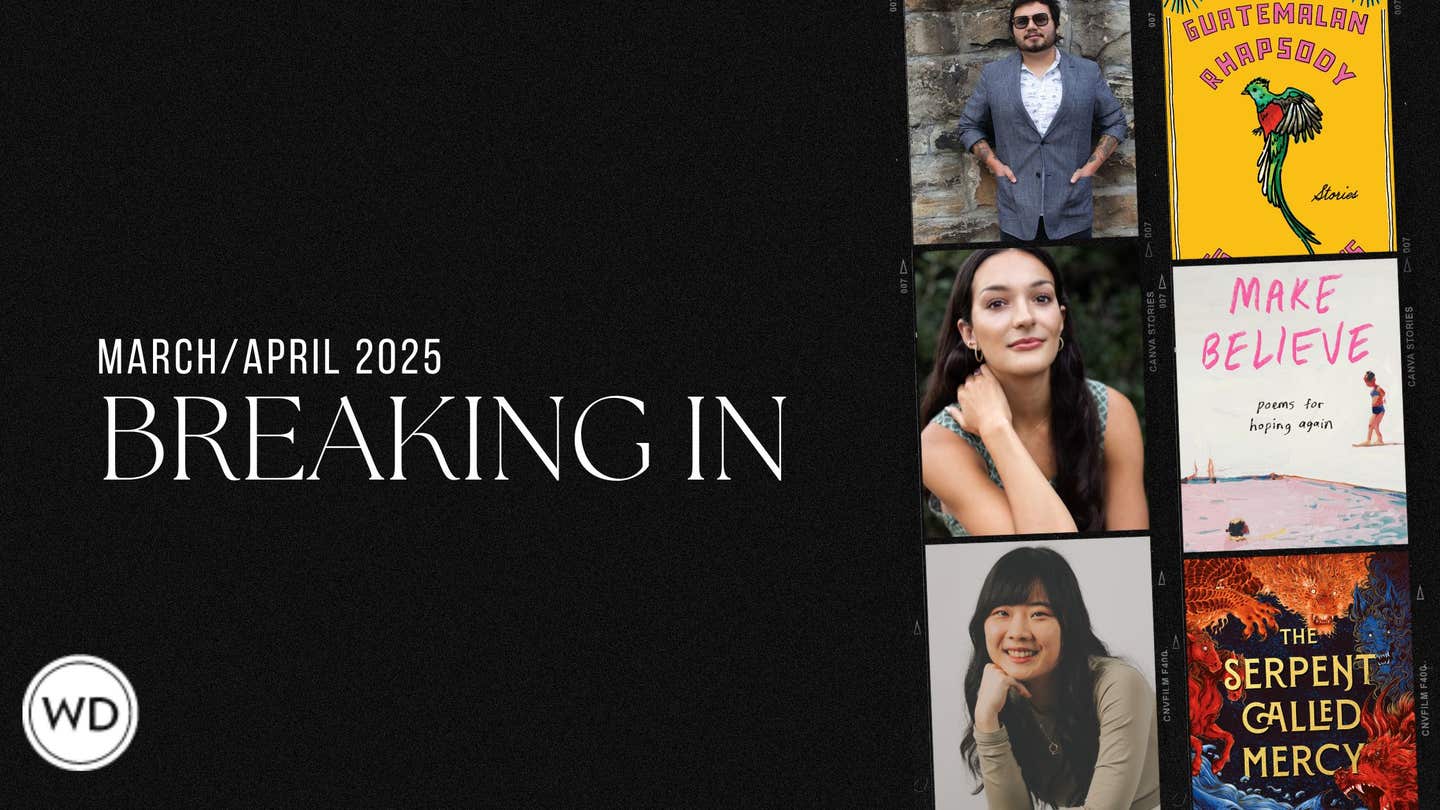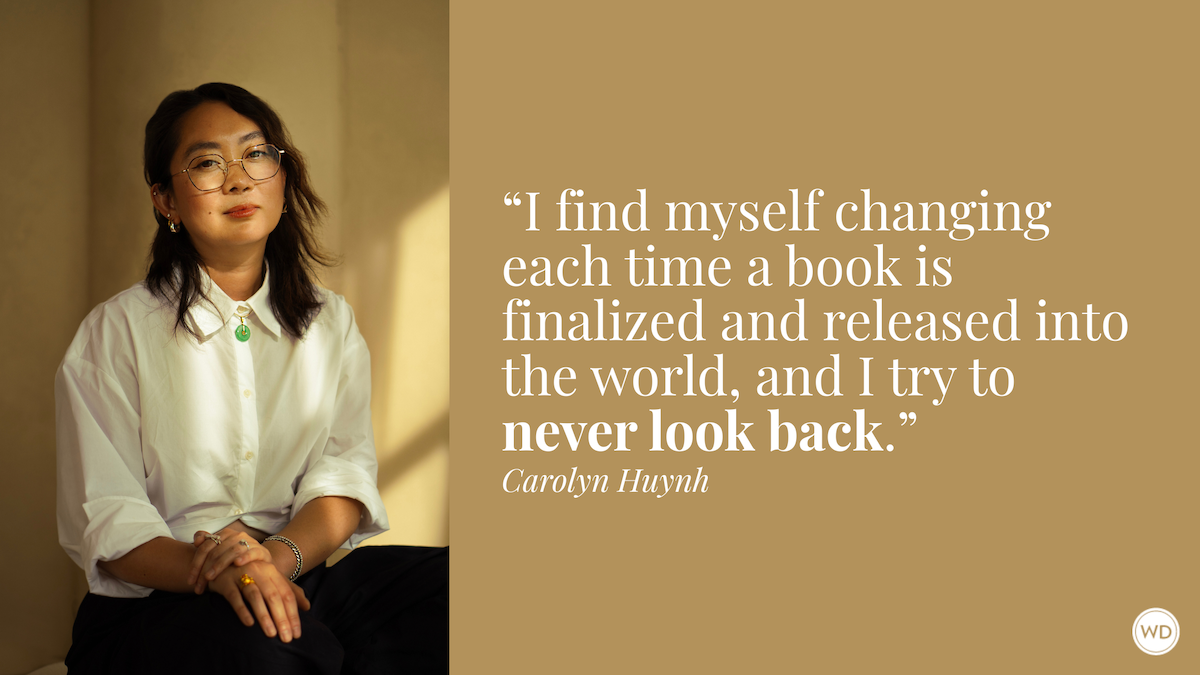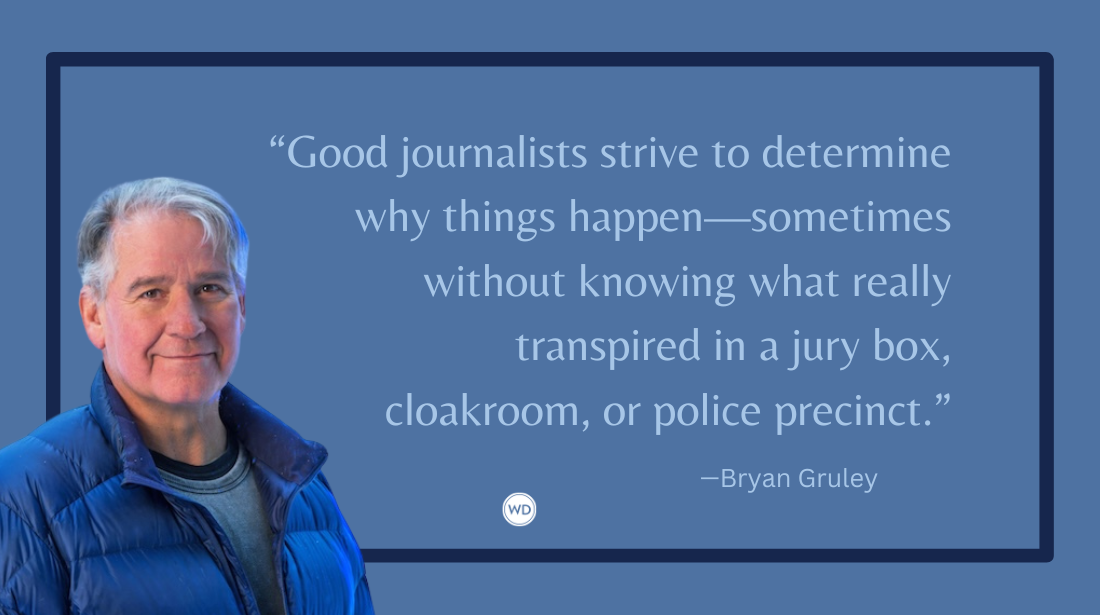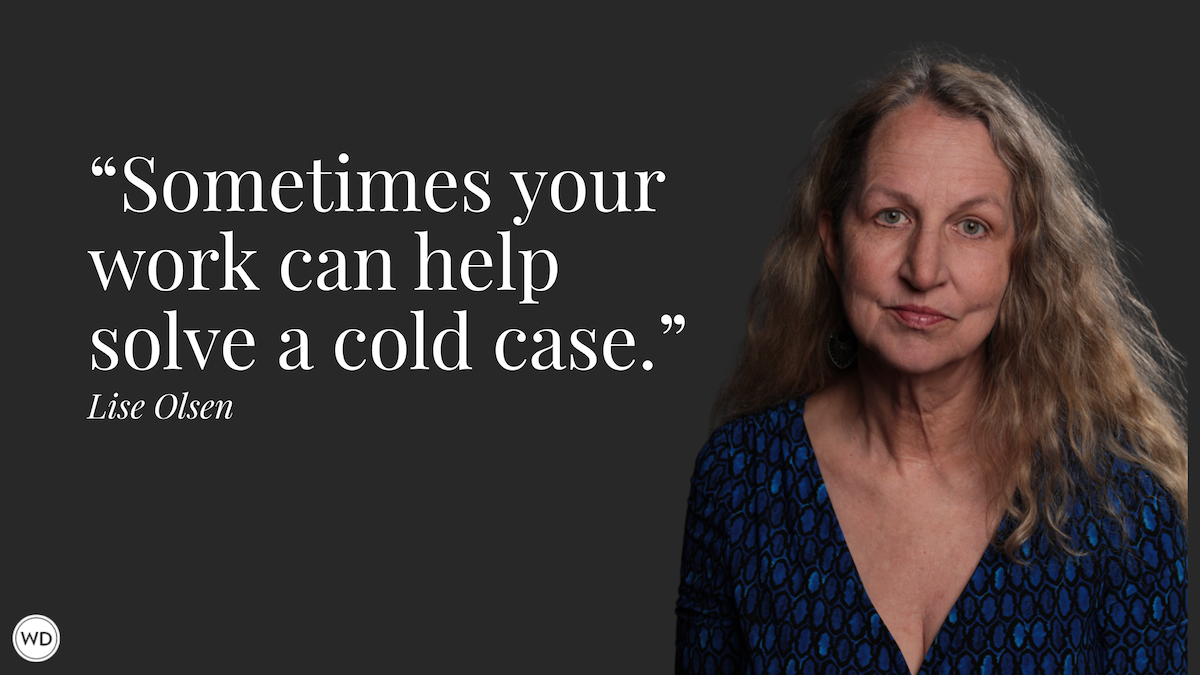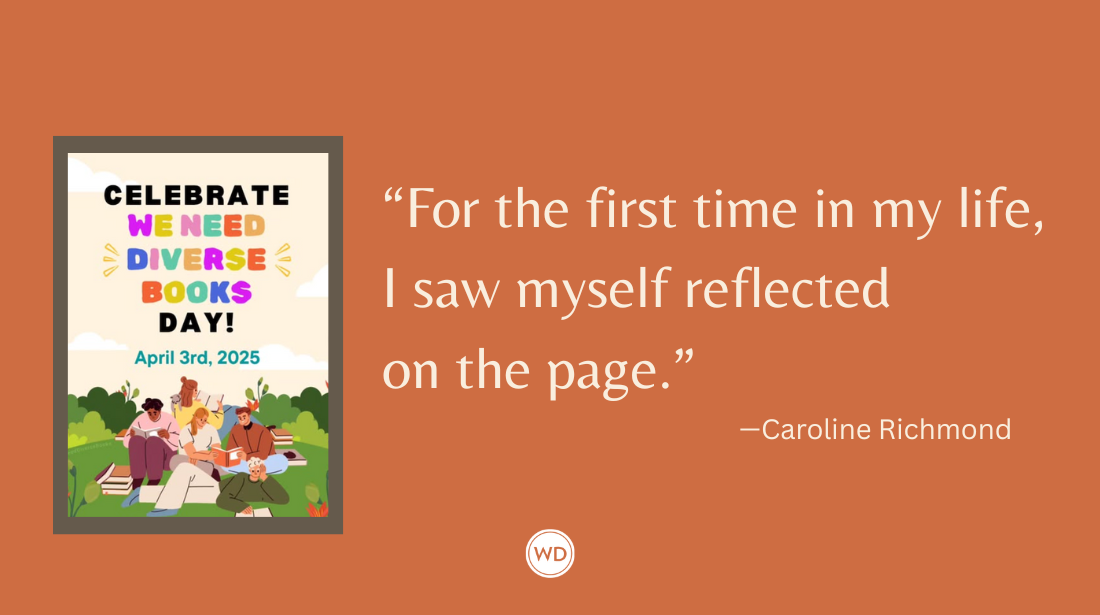Lesa Cline-Ransome: On Bringing to Life History’s Forgotten Voices
Award-winning author Lesa Cline-Ransome discusses the research she did for her new historical fiction YA novel, For Lamb.
Lesa Cline-Ransome is the author of many award-winning and critically acclaimed nonfiction books for young readers, including Game Changers: The Story of Venus and Serena Williams; My Story, My Dance: Robert Battle’s Journey to Alvin Ailey; and Before She Was Harriet. She is also the author of the novel Finding Langston, which received a Coretta Scott King Honor Award and five starred reviews.
She lives in the Hudson Valley region of New York. Learn more at LesaClineRansome.com, and find her on Twitter, Facebook, and Instagram.
In this post, Lesa discusses the research she did for her new historical fiction YA novel, For Lamb, her hope for readers, and more!
Name: Lesa Cline-Ransome
Literary agent: Rosemary Stimola
Book title: For Lamb
Publisher: Holiday House
Release date: January 10, 2023
Genre/category: Historical Fiction/YA
Previous titles: Finding Langston, Leaving Lymon, Being Clem
Elevator pitch for the book: Lamb, a shy, 16-year-old black teenager, begins a secret friendship with Marny, a lonely white girl in 1940’s Jim Crow Mississippi. But their friendship sets off a calamitous series of events that will tragically ensnare Lamb’s entire family.
IndieBound | Bookshop | Amazon
[WD uses affiliate links.]
What prompted you to write this book?
During a trip to the Legacy Museum and Memorial in Montgomery, Alabama, several summers ago, I was surprised to see the names and stories of so many female victims of lynching. Each time I encounter stories and moments from history, particularly ones that center on the black experience, it inspires me to know more. Often the stories I encounter are difficult and painful, but in the writing, there is also healing and empowerment in writing through the ways people overcame and resisted their circumstances.
After my visit, I realized I wanted to find a way to memorialize the stories of these women, who were more than just victims. They were people with families and lives, hopes and dreams, and I wanted this story to, in some small way, bring their lives and voices to the page.
How long did it take to go from idea to publication? And did the idea change during the process?
It was nearly five years from the idea to publication, which relatively speaking, isn’t terribly long considering the amount of research required for historical fiction. The beauty of research is that it helps to shape stories.
I began with an idea in mind, but the more I read and understood the historical landscape, the more I could determine where the story would take place, the secondary characters, the structure of the story, even the name of the title character, Lamb—a name of a real-life lynching victim Lamb Whittle, whose name I encountered in one of the many historic accounts I read in my research.
Were there any surprises or learning moments in the publishing process for this title?
Transitioning from writing for a middle-grade to a young adult audience enabled me to expand plot threads and include more complex themes that a story about lynching and racial violence required. Initially I was fearful of writing for an older audience, but I quickly realized that in order to be true to this story and these characters, I needed to move out of my own writing comfort zone.
Were there any surprises in the writing process for this book?
The best part about research is that is always yields surprises and paths to writing you hadn’t considered. And the story evolved at each stage of research—after visiting the Legacy Museum, after discovering a historical account of the “Hanging Bridge” in Shubuta, Miss., after reading the work of Ida B. Wells and her “Red Records,” a statistical account of lynchings she recorded while traveling throughout the south in the late 1800s, and after visiting the Jackson, Mississippi, Farrish Street district, the Mississippi Civil Rights Museum and meeting with the librarians at the Mississippi Department of Archives and History. Each new discovery I made was like adding pieces to a puzzle.
One of the main books I used for research, Without Sanctuary, which contains essays and photographs of lynchings, was also the most difficult. There were days when I had to leave my desk and go out and take a walk to clear my head of what I was reading. I was getting a very concentrated dose of hatred in violence daily in my research and yet for my young adult audience, I had to find a way to counter that historical reality with some measure of hope for the future for my characters. It was a difficult but important balance both for myself and the story.
What do you hope readers will get out of your book?
I hope that readers will understand the power of truth in history, (particularly at a time when there are threats to what and how young people are taught the fullness of history in our classrooms). And I hope readers will grasp the danger of silence and complicity and the ways that community, resistance, sacrifice, and love can serve as a counterpoint and endure, even in the face of violence.
If you could share one piece of advice with other writers, what would it be?
Find stories you are passionate about. You’ll spend a long time with the research and characters, and you’ll need to care enough about both to write about them authentically and in a way that will resonate with readers.
Robert Lee Brewer is Senior Editor of Writer's Digest, which includes managing the content on WritersDigest.com and programming virtual conferences. He's the author of 40 Plot Twist Prompts for Writers: Writing Ideas for Bending Stories in New Directions, The Complete Guide of Poetic Forms: 100+ Poetic Form Definitions and Examples for Poets, Poem-a-Day: 365 Poetry Writing Prompts for a Year of Poeming, and more. Also, he's the editor of Writer's Market, Poet's Market, and Guide to Literary Agents. Follow him on Twitter @robertleebrewer.




